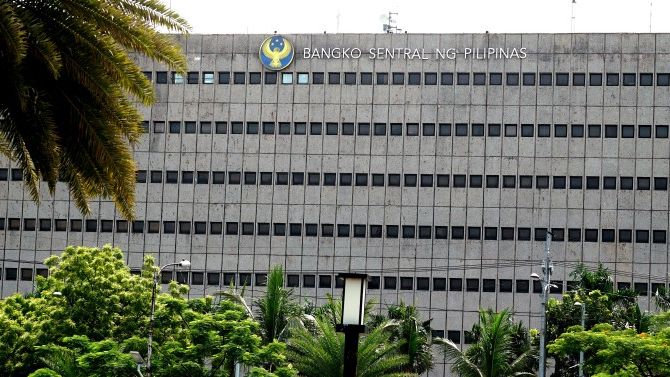The Bangko Sentral ng Pilipinas (BSP) expects the Philippines will hit the low end of the 2025 gross domestic product (GDP) growth targets, and even fall short of the 2026 estimates, as tempered investment demand could drag productivity.
The BSP’s growth assumptions, which rarely veer from the projections made by the inter-agency Development Budget Coordination Committee (DBCC), are based on an expected slowdown in domestic economic activity in the near term, given that productivity has not fully recovered from the effects of the Covid pandemic.
In the latest BSP Monetary Policy Report (MPR), the low GDP forecasts are also based on its Policy Analysis Model for the Philippines (PAMPh).
The forecasting model showed a “slightly negative output gap over the near term, given the adverse impact of higher US tariffs on the country’s goods exports,” the BSP said.
“Nonetheless, the output gap is seen gradually improv[ing] and turn[ing] broadly neutral by 2027, supported by a more accommodative policy stance and expected real wage increases,” it added.
Lower-than-target GDP growth
The central bank said it sees the economy growing at the bottom of the DBCC target range of 5.5 to 6.5 percent for 2025.
For 2026, the BSP said growth could fall below the 6 to 7 percent target band before the rate returns into the expected range for 2027.
“The moderation in domestic growth prospects for 2025 stemmed mainly from the lower-than-expected growth outturn in Q2 2025 amid slower construction activity, due to the election-related ban on government projects,” the BSP said. Second-quarter growth reached 5.5 percent, bringing the average growth rate to only 5.4 percent in the first half.
The report, at the same time, also noted that BSP’s monetary policy easing will still support economic activity, especially in 2026. Since August 2024, the BSP has cut the key rate by a cumulative 150 basis points.
Still, uncertainty over global economic policies and its impact on global trade and investment may weigh on local GDP growth, it said.
Inflation outlook stable
The BSP’s inflation outlook remains steady, low and manageable.
The average inflation forecast for 2025 was at 1.7 percent, as of August 28, when the BSP held its last policy meeting.
For 2026, the forecast for inflation is at 3.3 percent and for 2027 at 3.4 percent. The three-year inflation estimates are all below the government target range of 2-4 percent.
The BSP expects inflation will gain pace in the second half of 2026 because of base effects and higher electricity rates.
As the MPR also discussed, two alternative scenarios as emerging risks to the inflation outlook could convince the Monetary Board to be either “dovish” or “hawkish.”
According to the BSP, it could take a dovish stance — with policy rates turning lower or looser — if the local GDP took a hit from the impact of US trade and economic policies.
On the other hand, a hawkish or tighter policy settings could be considered if pressure came from the supply side, such as electricity rate hikes, higher oil prices and changes to rice tariffs.
Overall, however, with inflation expectations remaining well-anchored based on the latest BSP survey of economists, and with slower growth in the near term, the BSP’s policy direction is expected to be more dovish than hawkish.
“The Monetary Board will determine future monetary policy responses based on the evolving outlook for inflation and growth. Current assessments suggest scope for monetary policy easing. Looking ahead, the Board will continue to closely monitor emerging risks and calibrate monetary policy settings as necessary to safeguard price stability,” the BSP said.





